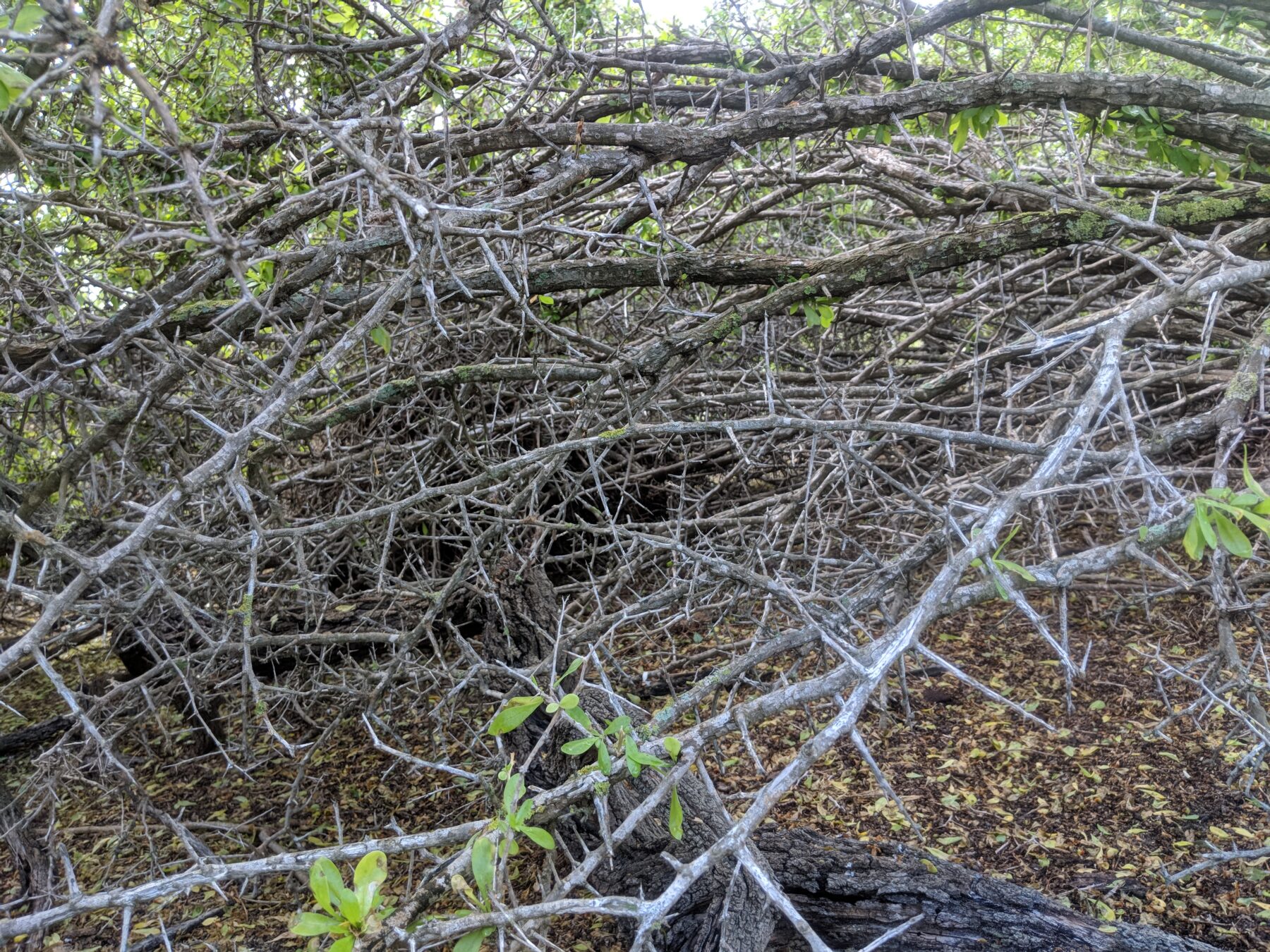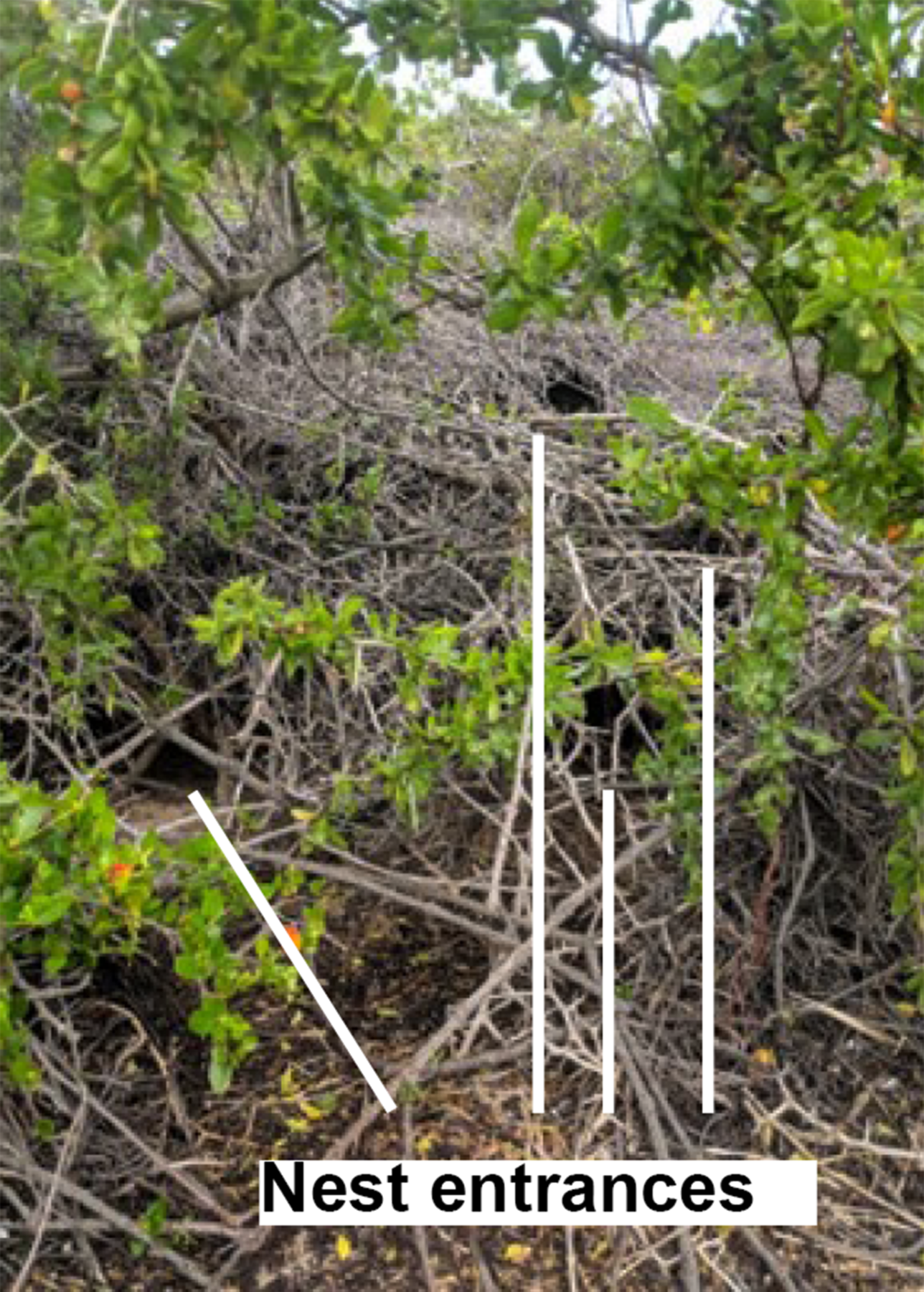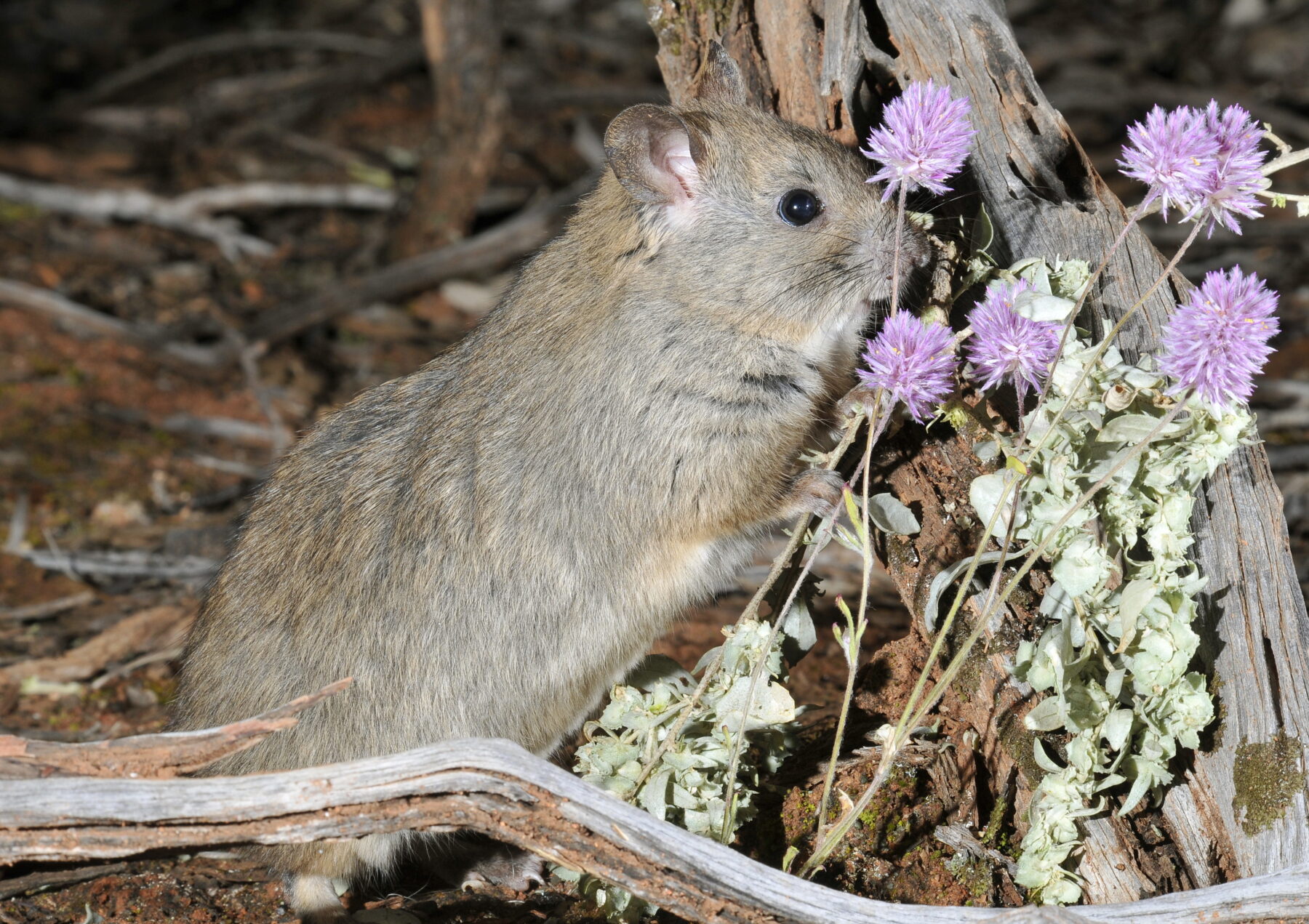Native rodent benefiting from invasive weed

On Reevesby Island in South Australia’s Spencer Gulf, Flinders University ecologists were surprised to discover that the greater stick-nest rat (Leporillus conditor) has taken a liking to African boxthorn (Lycium ferocissimum) – one of Australia’s most invasive plant species.
Studying the threatened rodent’s droppings revealed African boxthorn represented half of its diet, despite comprising one-tenth of the island’s available vegetation.


“I spent weeks poking through the faecal pellets of stick-nest rats to identify microscopic plant remains, [which] gave us proof of what they have been eating,” said PhD candidate Annie Kraehe, who published her findings in the journal Wildlife Research.
“We also observed that sticknest rats are more present in areas with higher boxthorn abundance, using it for nesting and shelter.”
Evolutionary ecologist Dr Vera Weisbecker said it’s one of few cases of native animals benefiting from an invasive weed from across the globe.
“African boxthorn offers excellent cover from raptors, so we think that this makes boxthorn thickets a preferred nesting location for the stick-nest rats,” she said.
“A similar effect has also been observed for little penguins in SA, where African boxthorn provides better protection against cats and foxes than native vegetation.”

The natural range of the stick-nest rat used to stretch from Exmouth in Western Australia to northern Victoria, before the introduction of feral cats and foxes led to the species’ extinction across mainland Australia by 1930.
Today, only a handful of wild populations survive on isolated islands.





